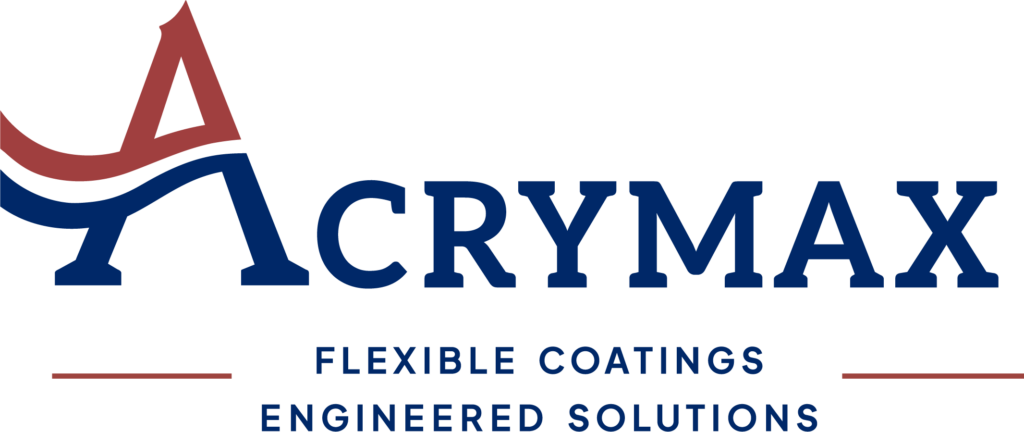The following are tips for painting with brushes. Some of these tips are common sense while others are bit more technical.
Types of Brushes
- The largest brush suitable for the size and shape of the object should be used to increase productivity.
- Squared end brushes called wall brushes are used on flat areas.
- Angular cut “sash” brushes, which are 2 to 3 in. wide, are used on narrow surfaces.
- Oval brushes are used on irregular surfaces such as nuts and bolts.
- When owners are particular about the look of the finish coat, a higher quality brush may be in order.
- Generally, use natural bristle brushes for solvent-borne coatings and synthetic bristles for waterborne coatings.
- Solvents will soften synthetic bristles, causing them to swell and lose their stiffness.
- The same is true of natural bristle brushes used with waterborne coatings.
Application Technique
- Always paint from top to bottom.
- For best blending, work from unpainted areas into painted areas and don’t stop painting until you reach a natural breaking point such as a corner, door, or window.
- When there is an accumulation of coating at or near the top of the brush, work the coating out of the brush on an unpainted area of the work piece.
- Always keep the work piece “squared off.”
- Finish all strokes in the same direction into the painted area to prevent brush marks.
- Don’t spread the paint too thinly, or you might experience shading, poor hiding, poor coating properties and you will likely need to recoat to correct.
- Don’t spread the paint too thickly, or you might have drips, sagging, poor curing, or other problems.
Clean-up
- Unless you are using throwaway brushes, you should take care to prevent brushes from drying with coating in them.
- You should be aware of the pot life if using a multiple-component coating.
While these tips are good, remember to consult the manufacturer for recommendations on application equipment. For specific information on Acrymax coatings, please see ATB-102, which can be found on our technical support web page – http://www.acrymax.com/tech-support.html.
These tips are summarized from the Journal of Protective Coatings & Linings article. Additional information and the article in its full version can be found on PaintSquare.com (http://www.paintsquare.com/archive/?fuseaction=view&articleid=5097)

